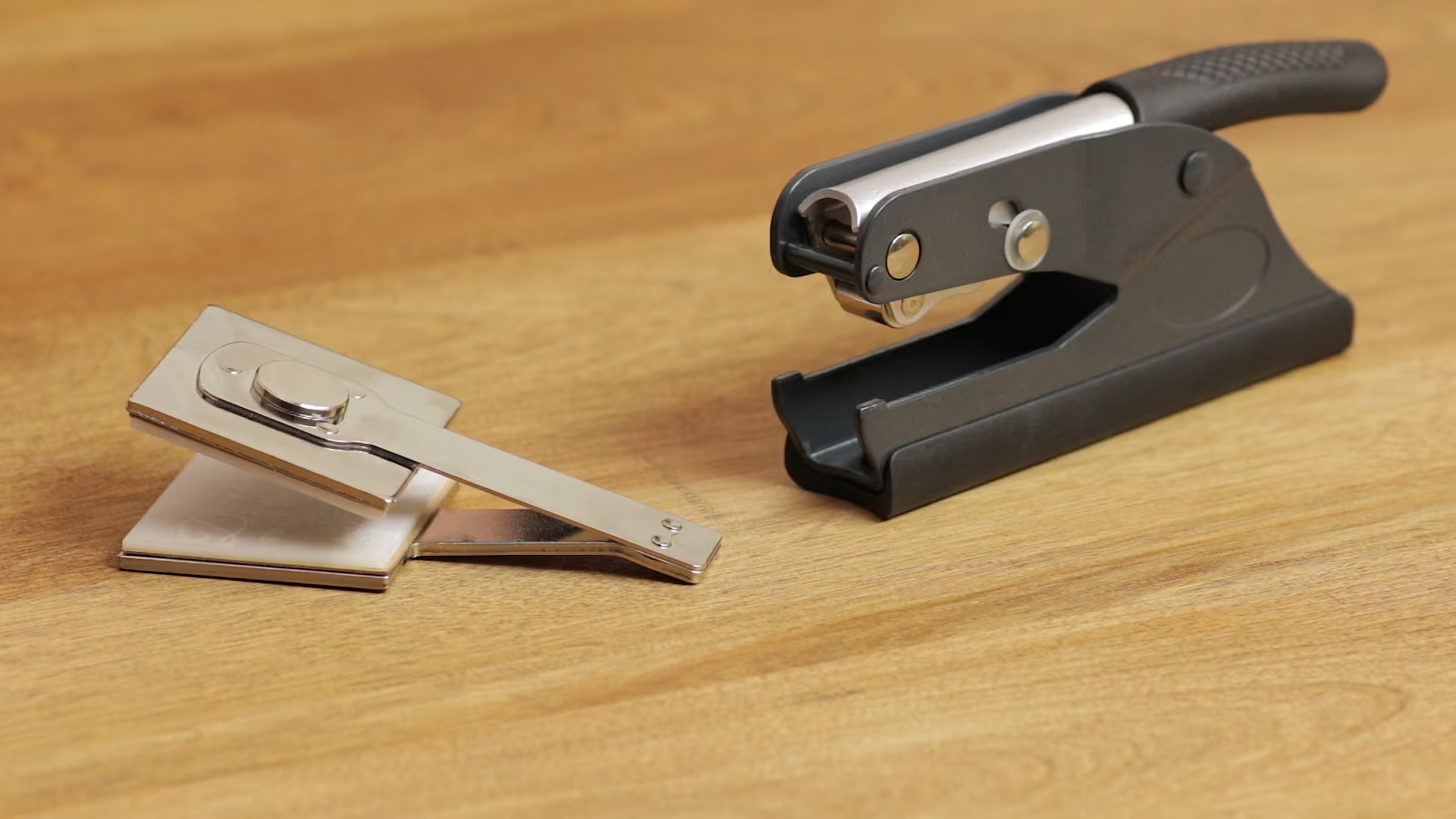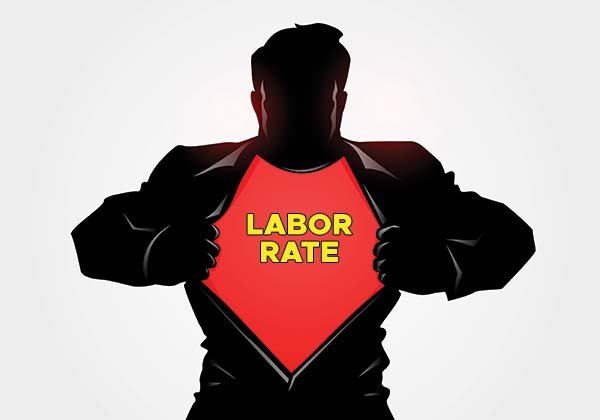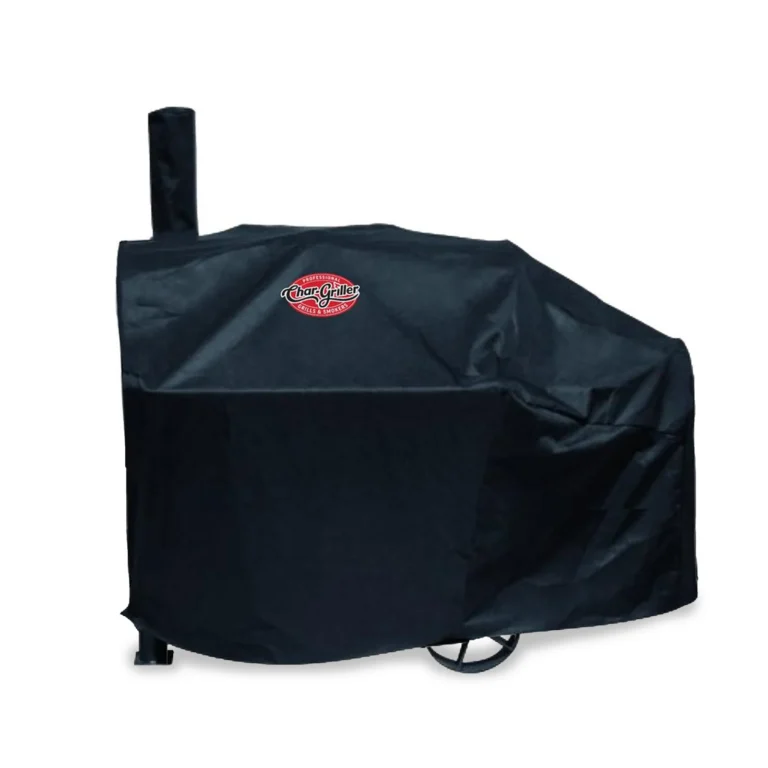Embossers: The Complete Guide to Raised Impressions and Precision Marking
Embossers are precision machines that create raised or recessed impressions on a material surface. They alter paper, leather, metal, plastic, or textiles by applying pressure, heat, or both. Unlike printers that apply ink, embossers reshape the substrate itself, producing a tactile, permanent effect.
Types of Embossers
1. Manual Embossers
-
Operate with a hand lever.
-
Common in offices for notary seals.
-
Portable and affordable for low-volume tasks.
2. Electric Embossers
-
Use automated motors to apply pressure.
-
Handle bulk processing.
-
Popular in banks and corporate document centers.
3. Industrial Embossers
-
Built for large-scale manufacturing.
-
Found in packaging, textile, and card production.
-
Operate continuously with roller or plate systems.
4. Digital Embossers
-
Controlled by software and digital templates.
-
Allow customized designs with high precision.
-
Widely used in ID cards, passports, and premium packaging.
Applications of Embossers
Security and Authentication
-
Government agencies emboss passports and ID cards.
-
Prevents forgery with tactile elements.
-
Used in certificates, diplomas, and licenses.
Branding and Marketing
-
Luxury packaging for cosmetics and beverages.
-
Embossed logos increase brand recognition.
-
Adds elegance to stationery and invitations.
Banking and Financial Services
-
Credit and debit cards rely on embossing for account details.
-
Raised numbers ensure durability and readability in machines.
Textile and Leather Design
-
Embossers create patterns on shoes, belts, and upholstery.
-
Hot embossing adds metallic finishes on leather goods.
Materials Suitable for Embossing
| Material | Application Example | Technique Used |
|---|---|---|
| Paper | Invitations, certificates, books | Blind, foil embossing |
| Plastic | Credit cards, ID cards, badges | Heat + pressure embossing |
| Leather | Bags, wallets, belts, footwear | Hot foil embossing |
| Metal | Coins, automotive plates, labels | High-pressure embossing |
| Fabric | Upholstery, apparel, decorative arts | Heat embossing |
Embossing Techniques
Blind Embossing
To do blind embossing, apply pressure without foil or ink. It creates subtle raised effects.
Foil Embossing
To do foil embossing, combine embossing with metallic foil. It enhances luxury branding.
Multi-Level Embossing
To do multi-level embossing, use dies of varying depths. It produces 3D textures.
Debossing
To do debossing, press designs inward. It creates recessed impressions.
Advantages of Using Embossers
-
Ensure security against duplication.
-
Enhance product presentation.
-
Add durability to important details.
-
Improve tactile brand recognition.
-
Support both decorative and functional uses.
Choosing the Right Embosser
When selecting an embosser, assess:
-
Volume requirement (manual vs. industrial).
-
Material type (paper, leather, metal, or plastic).
-
Customization needs (digital embossers for variable designs).
-
Budget and scalability.
Market Outlook for Embossers
Global demand is rising in luxury packaging, finance, and government security. Manufacturers innovate with eco-friendly dies and automated digital embossing. The trend of personalization in consumer goods ensures long-term relevance.
Maintenance of Embossers
-
Clean dies regularly to avoid residue.
-
Lubricate moving parts to reduce wear.
-
Inspect heat elements in thermal units.
-
Calibrate pressure for consistent impressions.
Safety Guidelines for Embossing Machines
-
Install safety guards on industrial machines.
-
Train operators before use.
-
Wear protective gloves when handling heated dies.
-
Conduct periodic safety inspections.
FAQs on Embossers
What is the primary use of an embosser?
An embosser creates raised or recessed impressions for branding, authentication, or decoration.
Which industries rely most on embossers?
Banking, packaging, textiles, publishing, and government security are the primary users.
Can embossers be used on leather?
Yes, embossers create branded logos, patterns, and metallic finishes on leather products.
How does digital embossing differ from manual embossing?
Digital embossing uses software-driven precision, while manual embossing depends on hand-operated dies.
Are embossers still relevant in the digital age?
Yes, embossers remain vital in security printing, luxury packaging, and identity verification.
Learn More: John Walsh Net Worth: Complete Analysis of Wealth, Career and Life
How to Turn Off Kindle: The Complete Step-by-Step Guide
Conclusion
Embossers are versatile machines that combine functionality with artistry. They serve industries ranging from banking to fashion, offering security and brand recognition. With advancements in digital precision and eco-friendly technologies, embossers continue to evolve as essential tools for authentication and design.






